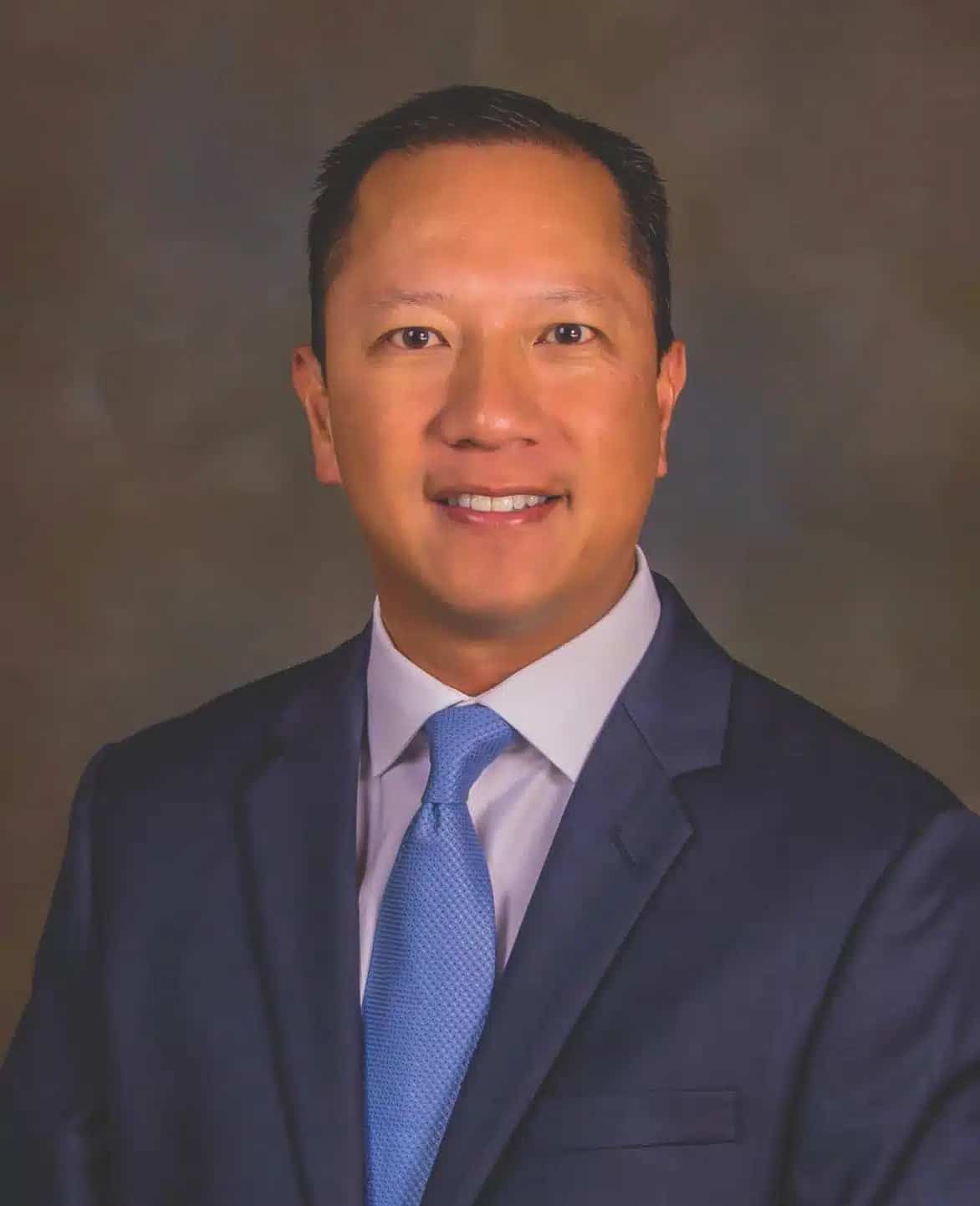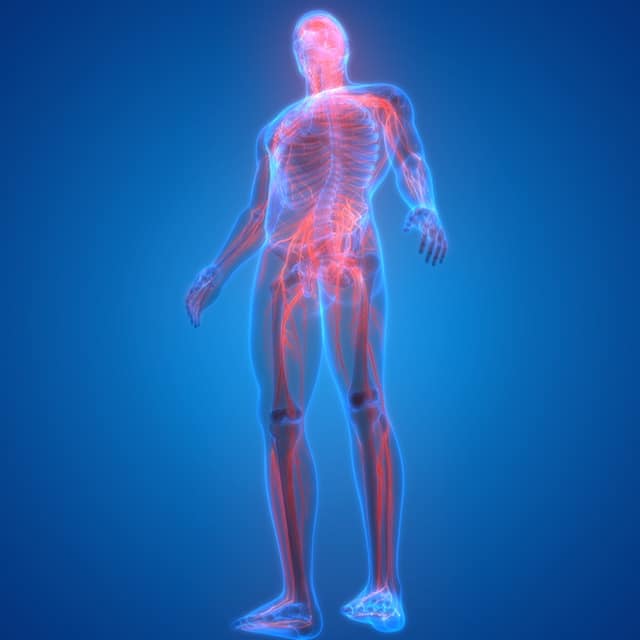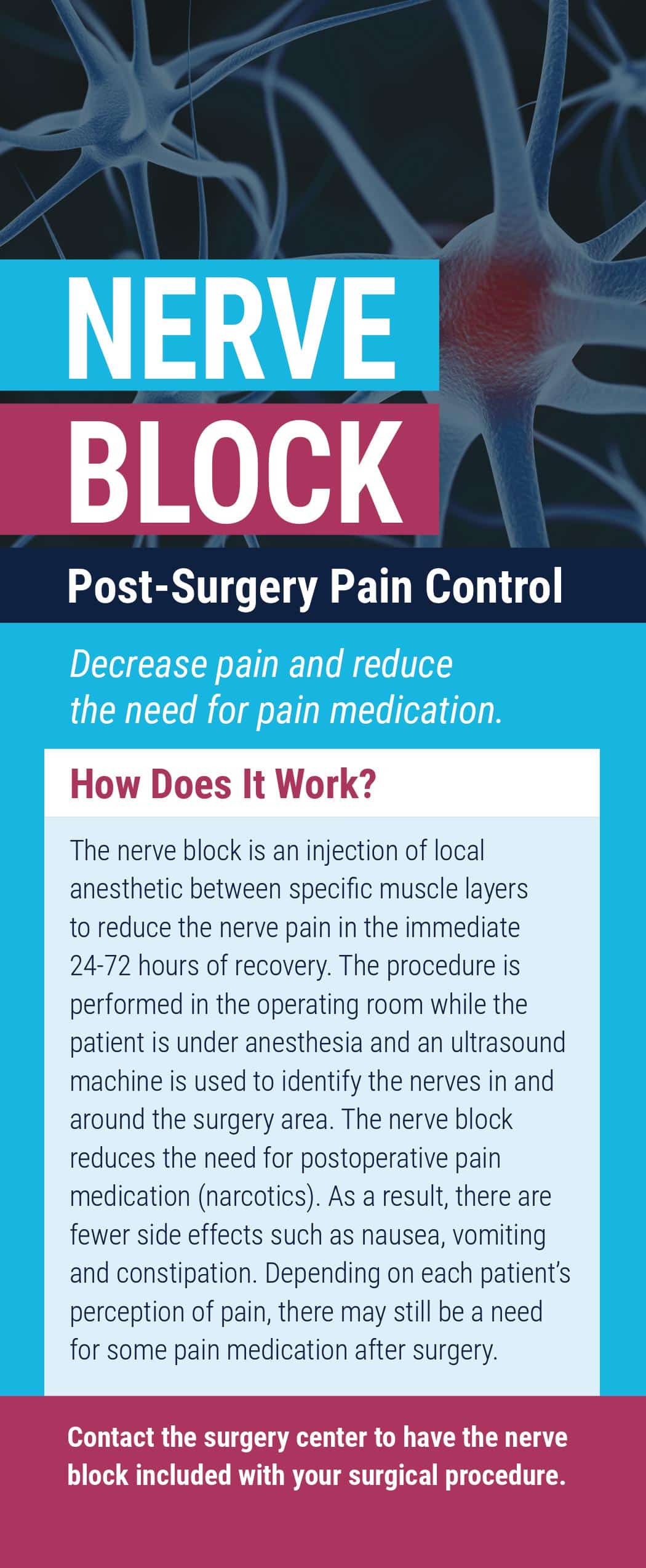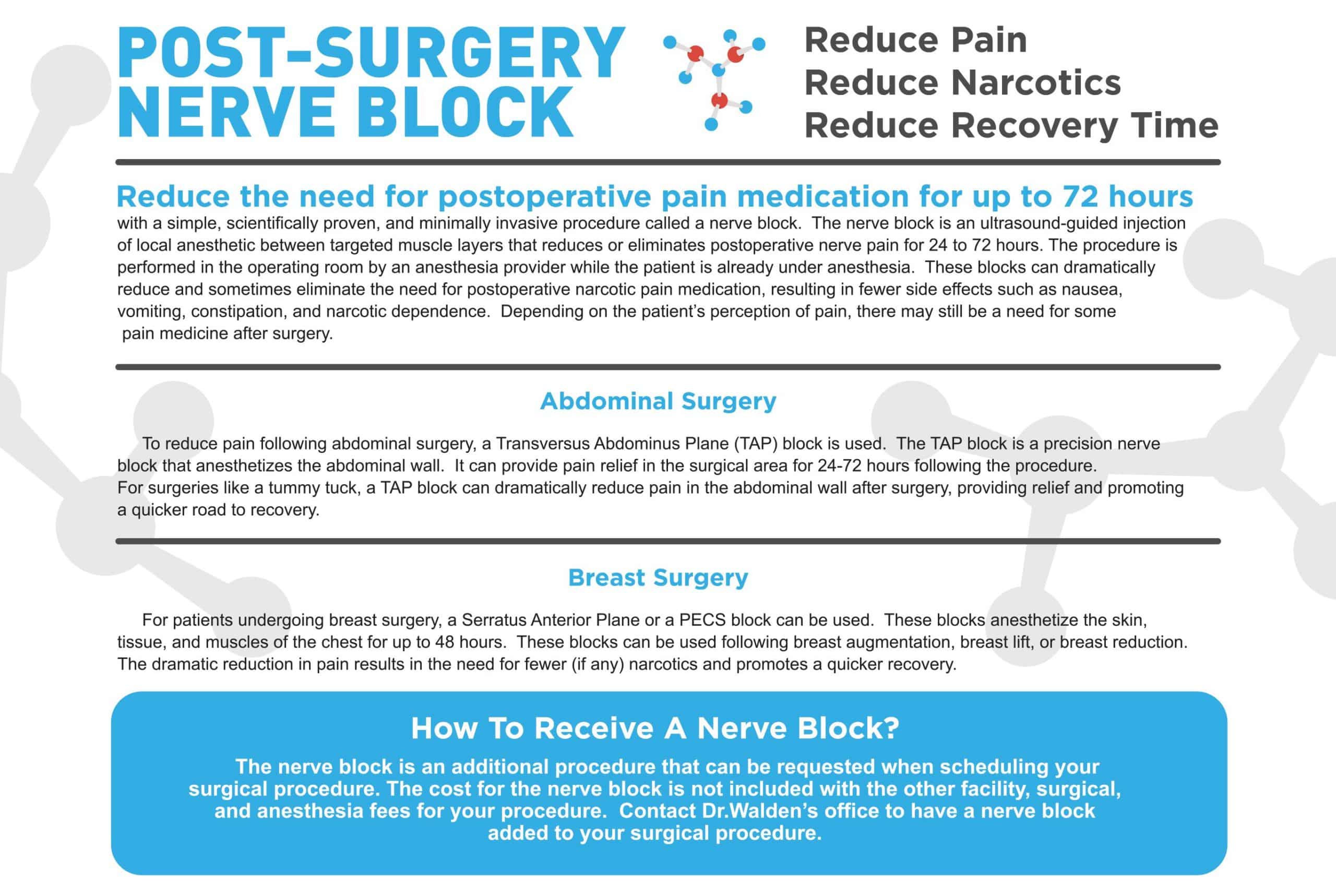
Tony Vo,CRNA
Graduating with high honors from the University of Kansas Medical Center in 2004, Tony received his Master of Science in Nurse Anesthesiology. He performed his clinical residency training in anesthesia at the University of Kansas Hospital, and has refined his skills in general and regional anesthesia techniques over the past two decades. With a passion to help his patients beyond acute surgical pain and enter the chronic pain arena, he pursued a year long Advanced Pain Management Fellowship at Texas Christian University in 2020. He is now dual-boarded and holds board certification in Anesthesia (CRNA), as well as a sub-specialty certification in Non-Surgical Pain Management (NSPM-C), both by the national governing board of the NBCRNA. With over 56,000 Nurse Anesthesiologists nationwide, only 145 have this unique dual-board certification. His professional memberships are with the American Association of Nurse Anesthesiologists (AANA) and the Texas Association of Nurse Anesthetists (TxANA).
Utilizing his skills and knowledge as an experienced CRNA in the operating room, Tony uses the most current best practices to guide and enhance the standard of care. Multi-modal, enhanced recovery after surgery (ERAS), opioid-free anesthesia (OFA), and ultrasound-guided regional anesthesia blocks are some of the techniques used along with general anesthesia to ensure the best surgical experience. The focus is to optimize safety, reduce the time to wake up from surgery, limit the pain experience as much as possible, reduce narcotic need, and limit side effects of general anesthesia and opioid usage. These techniques have consistently given us patients that wake up with smiles on their faces in the recovery room.
Knowing that 20-30% of the general population in the U.S. has some form of chronic pain, Tony pursued a fellowship at TCU to offer pain services outside of the operating room. During his fellowship, he further developed his already advanced ultrasound skills to treat musculoskeletal pain (muscle, bone, joint). Common, painless interventions that can be done in the office with ultrasound are trigger point injections, nerve entrapment hydrodissection, nerve blocks, steroid joint injections, occipital neuralgia injection, genicular nerve ablation (chronic knee pain), and stellate ganglion blocks (PTSD, CRPS, Long Covid).
He is now doing elective services such as trigger point injections, stellate ganglion block, and greater occipital nerve blocks on outpatients at our office, and to call for an appointment.

Post-Surgery Pain Control
Decrease pain and reduce the need for pain medication.
Our best-in-class anesthesia provider Tony Vo, CRNA provides regional anesthetic blocks for cosmetic surgery. Tony has taken additional training and furthered his education to administer these techniques to assist in speedier recoveries for our patients with less opiate/ narcotic usage intraoperatively and postoperatively.

How Does It Work?
The nerve block is an injection of local anesthetic between specific muscle layers to reduce the nerve pain in the immediate 24-72 hours of recovery. The procedure is performed in the operating room while the patient is under anesthesia and an ultrasound machine is used to identify the nerves in and around the surgery area. The nerve block reduces the need for postoperative pain medication (narcotics). As a result, there are fewer side effects such as nausea, vomiting and constipation. Depending on each patient’s perception of pain, there may still be a need for some pain medication after surgery.

For Patients Undergoing Abdominal Surgery
Transversus Abdominis Plane (TAP) Block: A TAP block is a nerve block that anesthetizes the abdominal wall and can provide pain relief in the surgical area for 24 – 72 hours after surgery. Patients having lower abdominal surgery, like a tummy tuck, can benefit from a TAP block.

For Patients Undergoing Breast Surgery
Serratus Anterior Plane or PECS Block: Breast blocks are nerve blocks that anesthetize the skin, tissue and muscles of the chest for 24 – 48 hours after surgery. Patients undergoing breast augmentation, breast lift or breast reduction can benefit from these pain blocks.
How to Receive a Nerve Block?
The nerve block is an additional procedure that you can request when scheduling your surgical procedure. The cost for the pain block is not included with the other facility, surgical and anesthesia fees for your procedure.
Patients who undergo surgery at Walden Cosmetic Surgery Center will be evaluated for this method and offered it if they are a suitable candidate and prefer regional block type of anesthesia.









